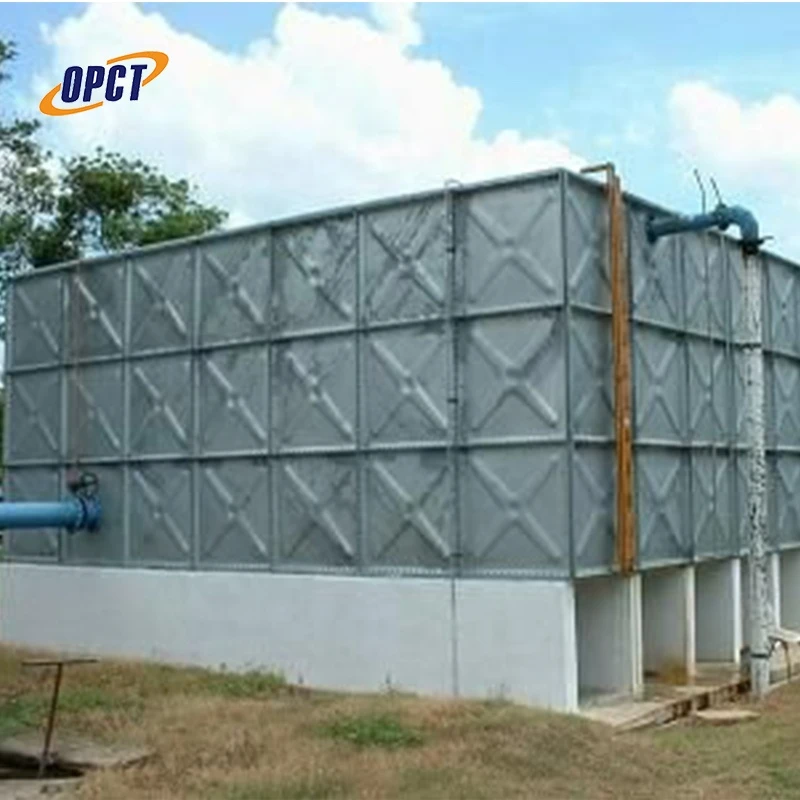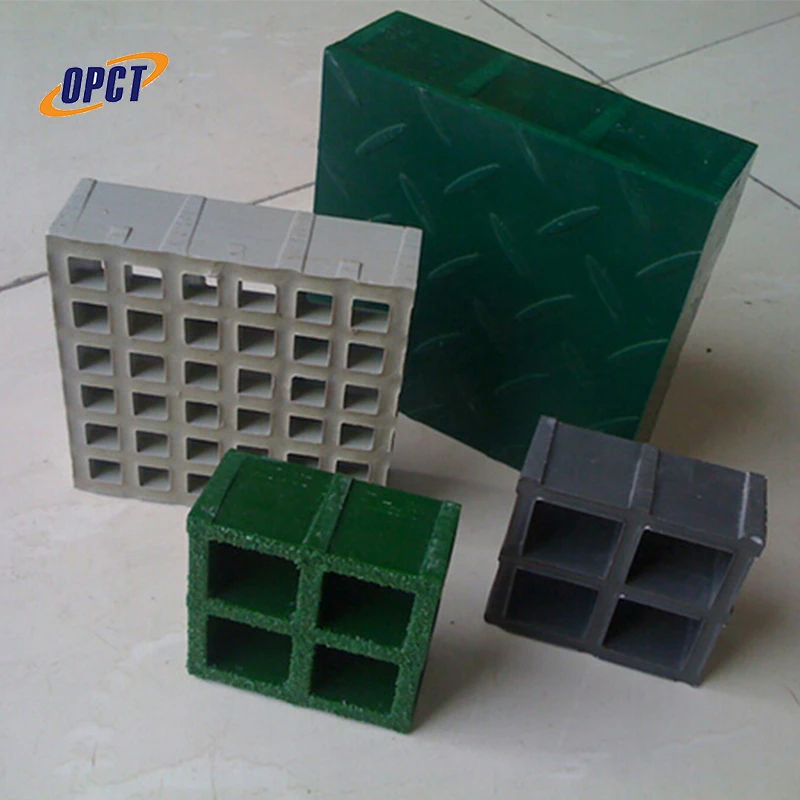Fibreglass grating, a pivotal component in the realm of industrial and commercial applications, offers unparalleled versatility and durability. With the ever-increasing demand for robust materials that can withstand harsh environments, fibreglass grating emerges as a champion in a wide array of industries such as marine, chemical processing, and food and beverage production. Its inherent properties, stemming from its unique composition, provide significant advantages over traditional materials like steel, especially in areas discussing corrosion resistance, weight savings, and installation ease.

A profound understanding of fibreglass grating starts with its composition it comprises a matrix of resin and glass fibers. This synergy of materials offers a lightweight alternative that is immensely strong, capable of withstanding heavy loads without succumbing to corrosion – a primary failing of metal gratings when exposed to corrosive substances or environments. This characteristic makes fibreglass grating an ideal choice for offshore platforms or chemical plants where exposure to saltwater and caustic chemicals is a day-to-day reality. This corrosion resistance ensures prolonged life span and reduced maintenance costs, contributing to long-term economic benefits for companies.
In addition to corrosion resistance, fibreglass grating is lauded for its weight advantage. Engineers and construction professionals often face the challenge of reducing weight without compromising strength and durability. Fibreglass grating offers a solution, being approximately 70% lighter than steel, which eases transportation logistics and reduces the need for heavy lifting equipment during installation. This weight advantage also translates into a lower installation cost and expedites project timelines, further highlighting its appeal for industrial applications.

The installation of fibreglass grating is markedly simple, often devoid of the complexities associated with metal alternatives. Tools required for installation are generally non-specialized, meaning that fabricating and adjusting fibreglass grating on-site is feasible without elaborate equipment or procedures. This ease facilitates adaptability in various project designs, allowing customized solutions to be implemented swiftly. Moreover, the non-conductive nature of fibreglass grating enhances its safety profile, making it a preferred material in applications where electrical hazards pose significant risks.
fibreglass grating
From an expertise perspective, engineers and material scientists consistently recommend fibreglass grating due to these quantitative benefits. Many experts emphasize the significance of structural integrity and environmental resilience inherent in these gratings, echoing their relevance in stringent operational contexts. Furthermore, advancements in fibreglass technology have led to innovations such as slip-resistant surfaces and UV-resistant coatings, extending the material's versatility across myriad applications and climates.
Authoritativeness in fibreglass grating also stems from its environmental impact. As industries pivot towards sustainable practices, materials such as fibreglass grating are scrutinized for their ecological footprint. Fortunately, fibreglass can be manufactured with minimal waste, and its longevity means fewer replacements and resource consumption over time. These factors contribute positively to sustainability scores, earning favour from both regulatory bodies and environmentally-conscious enterprises.
Trustworthiness is evident in fibreglass grating's compliance with international safety and quality standards. Manufacturers subject their products to rigorous testing, ensuring that each panel meets or exceeds expectations in load bearing, slip resistance, and fire retardancy. Certifications and compliance reports are often available for review, instilling confidence among contractors and surveyors alike.
Ultimately, fibreglass grating represents a material whose benefits extend beyond its physical properties, touching on economic efficiencies, safety enhancements, and environmental sustainability. By choosing fibreglass grating, industries not only embrace a solution aligned with future challenges but also endorse a commitment to quality and performance, characteristics that resonate well with seasoned professionals and new adopters alike.




